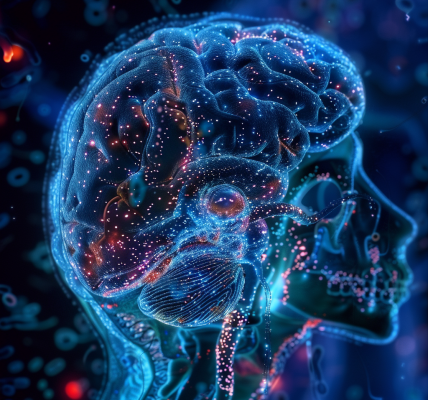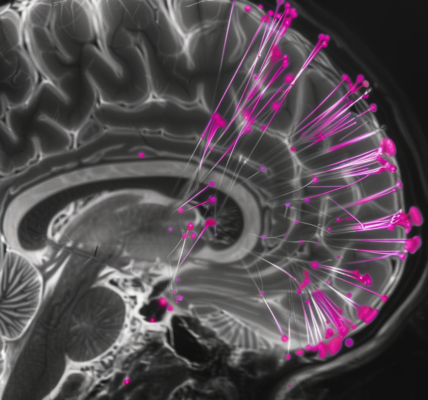In a groundbreaking study featured in JAMA Ophthalmology, researchers from Arizona State University’s School of Computing and Augmented Intelligence are pioneering innovative diagnostic tools that harness the power of artificial intelligence (AI) to enhance the screening process for myopic maculopathy. This condition, which is a severe complication of myopia, poses a significant risk to vision health, particularly among the younger population.
Myopia, commonly known as nearsightedness, has been on a troubling rise, especially in children. Experts predict that by the year 2050, nearly half of the global population will be affected by this vision disorder. This alarming trend is largely attributed to increased engagement in ‘near work’ activities, such as prolonged use of smartphones and computers, which strain the eyes and contribute to the elongation of the eyeball.
For many individuals, myopia can be effectively corrected using glasses or contact lenses. However, in some cases, it can escalate to myopic maculopathy, a condition that leads to serious vision impairment. Myopic maculopathy occurs when the macula, the part of the eye responsible for sharp central vision, becomes stretched or damaged due to the elongation of the eyeball. This distortion can significantly impact an individual’s ability to see clearly.
The ramifications of myopic maculopathy are severe; in 2015, approximately 10 million people experienced visual impairment as a result of this condition. Projections indicate that if current trends continue, over 55 million people worldwide could face vision loss due to myopic maculopathy by 2050, with around 18 million individuals potentially becoming blind.
Given that myopic maculopathy is irreversible, early detection and intervention are critical. Healthcare professionals emphasize the importance of timely diagnosis, as it can lead to improved health outcomes, particularly for children who are most vulnerable. Ophthalmologists may recommend specialized contact lenses or medicated eye drops to slow the progression of the disease.
Professor Yalin Wang, a leading researcher in the School of Computing and Augmented Intelligence, underscores the transformative potential of technological advancements in addressing this pressing health concern. He notes that the integration of AI into the diagnostic process is revolutionizing the way myopic maculopathy is detected, particularly in its early stages. By leveraging global knowledge and sophisticated algorithms, AI can significantly enhance the accuracy of diagnoses, ultimately reducing healthcare costs and improving overall quality of life.
As AI continues to evolve, its applications in the medical field are becoming increasingly apparent. The research conducted by Wang and his team represents a pivotal step towards utilizing technology to combat the growing prevalence of myopia and its associated complications. The potential benefits of AI in healthcare extend beyond just myopic maculopathy; they could redefine how various eye conditions are diagnosed and treated.
In addition to the advancements in diagnostic tools, the research team is also focusing on the integration of AI with other medical technologies. This interdisciplinary approach aims to create a comprehensive system that not only identifies myopic maculopathy but also monitors its progression and evaluates the effectiveness of treatment options.
The implications of this research are vast, offering hope for millions who are at risk of developing severe vision loss. By prioritizing early detection and intervention, the healthcare community can work towards mitigating the impact of myopic maculopathy and enhancing the quality of life for individuals affected by myopia.
As we look to the future, the collaboration between computer science, engineering, and ophthalmology will play a crucial role in shaping the landscape of eye care. The integration of AI into routine screenings and assessments could become a standard practice, ensuring that conditions like myopic maculopathy are identified and treated promptly.
In conclusion, the research being conducted at Arizona State University is a testament to the potential of AI in revolutionizing healthcare. By improving diagnostic accuracy and facilitating early intervention, these advancements promise to make a significant impact on public health, particularly in addressing the challenges posed by myopia and its complications.





